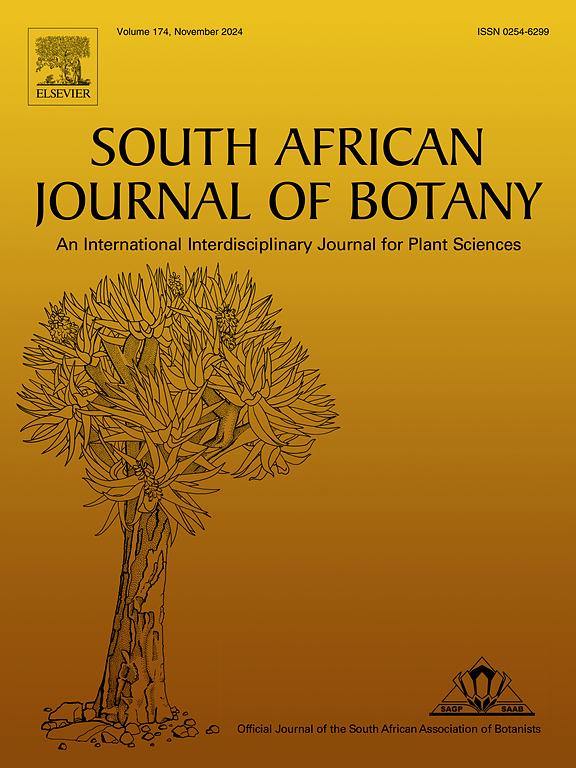Evaluation and identification of Nutritional factors, cytotoxic condition, and protodioscin in Dioscorea alata tuber
IF 2.7
3区 生物学
Q2 PLANT SCIENCES
引用次数: 0
Abstract
Purpose
Dioscorea alata (tuber) is used as food and medicine among the tribal communities. Still, its enormous phytochemical profiles, active ingredients, and nutritive factors need to be explored more to get complete nutritional factors present in the tuber.
Methods
Soxhlet extraction was made to assess the phytochemical profile by Trease and Evan methods. The qualitative and quantitative microelements, macro elements, and nutritional factors were analysed. MTT assay was used to assess its toxicity conditions. Also, the ultra HPLC technique was used for qualitative assessment of the bioactive molecule protodioscin.
Result
The phytochemical screening of the tubers revealed the presence of alkaloids, sterols, steroids, proteins, carbohydrates, cardio glycosides, and terpenoids. Further, it has a high level of total phenolic content in the methanolic extract. The proximate crude fiber, vitamin, and mineral estimation revealed a significantly high crude fiber content based on the dry weight along with greater amounts of vitamin C and considerable amounts of the micro (Fe, Cu, Mn, Zn, B, Mb, and Cl) and macro minerals (K, Cl2, P, Ca, Mg, and Na) in D. alata. Moreover, the extracts have a non-toxic nature via cell cytotoxicity assessment on the L929 normal fibroblast cell line.
Conclusion
Organic solvent extracts of D.alata tuber contain major secondary metabolites and there is no toxicity. Furthermore, all the extracts except ethanol extract revealed the presence of a pharmacologically bioactive compound, protodioscin. Therefore, these results imply that tuber can be explored for empirical research that paves the way for futuristic nutritional and therapeutic usage.
求助全文
约1分钟内获得全文
求助全文
来源期刊

South African Journal of Botany
生物-植物科学
CiteScore
5.20
自引率
9.70%
发文量
709
审稿时长
61 days
期刊介绍:
The South African Journal of Botany publishes original papers that deal with the classification, biodiversity, morphology, physiology, molecular biology, ecology, biotechnology, ethnobotany and other botanically related aspects of species that are of importance to southern Africa. Manuscripts dealing with significant new findings on other species of the world and general botanical principles will also be considered and are encouraged.
 求助内容:
求助内容: 应助结果提醒方式:
应助结果提醒方式:


